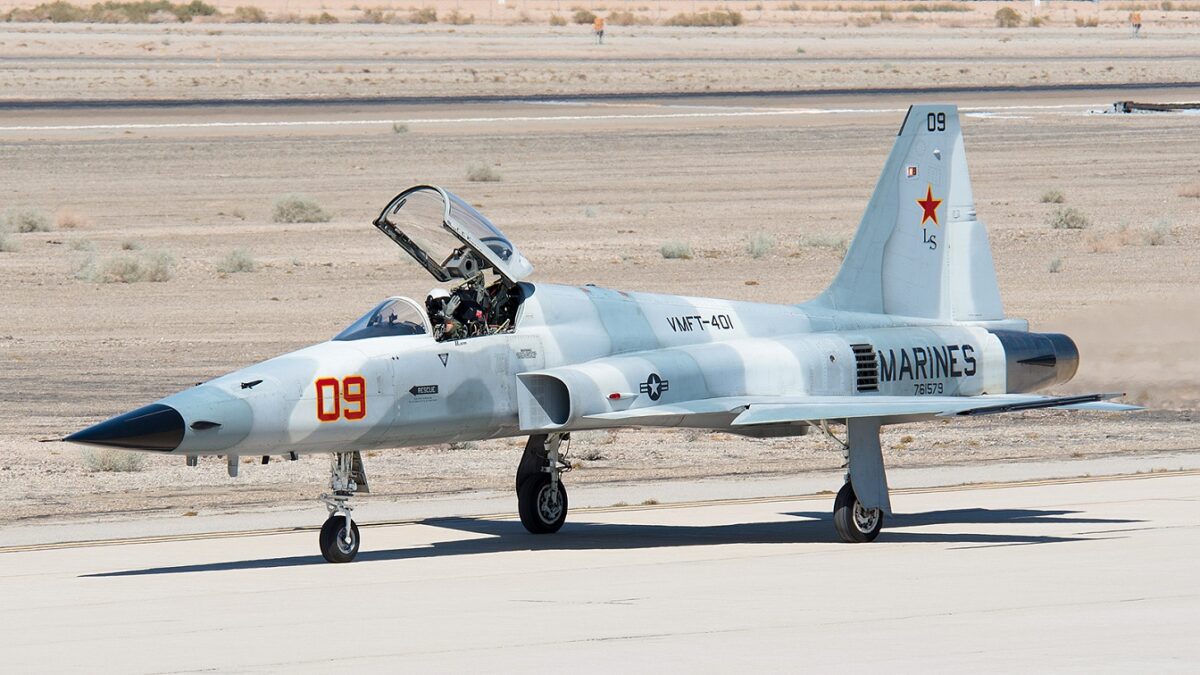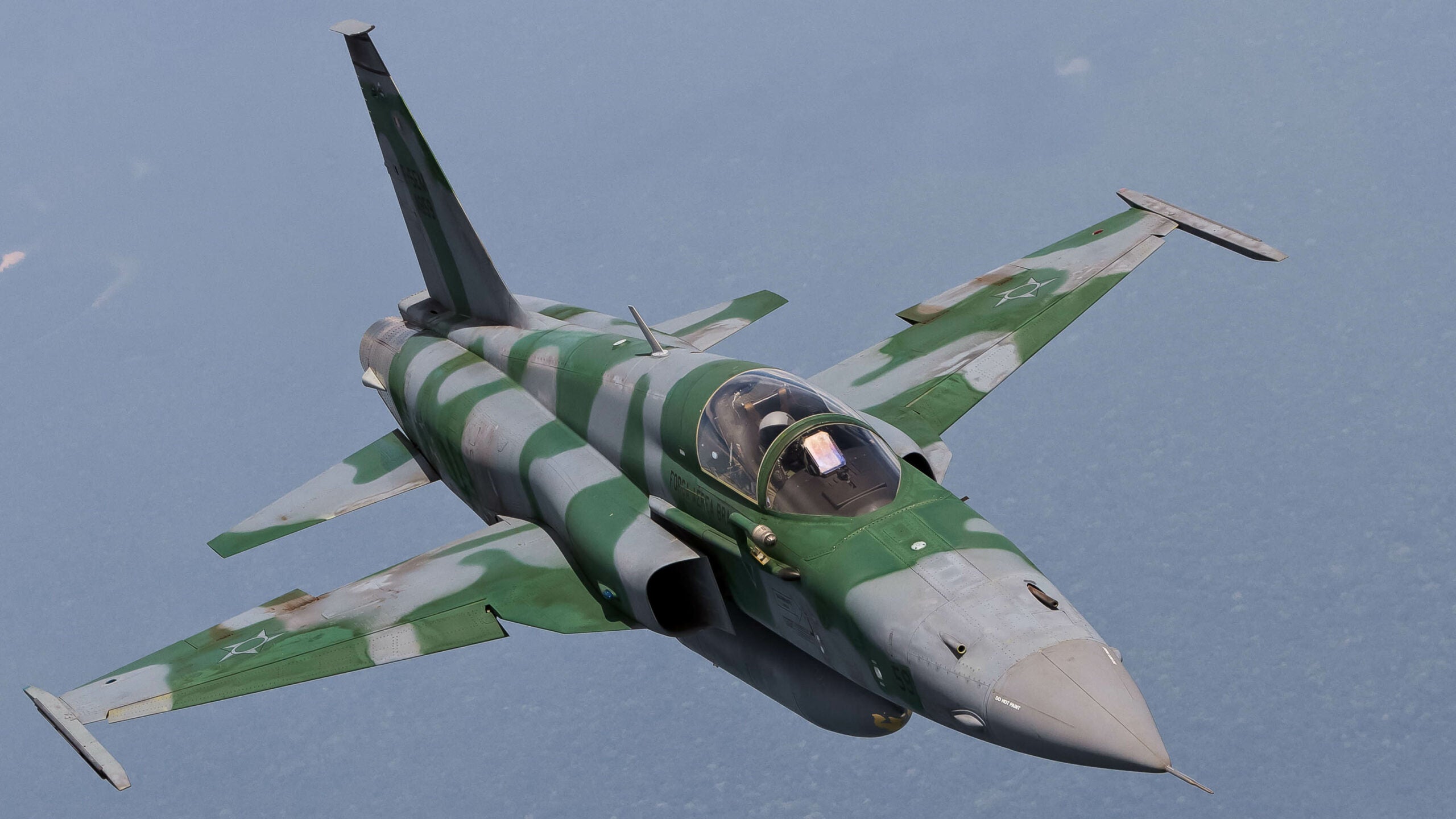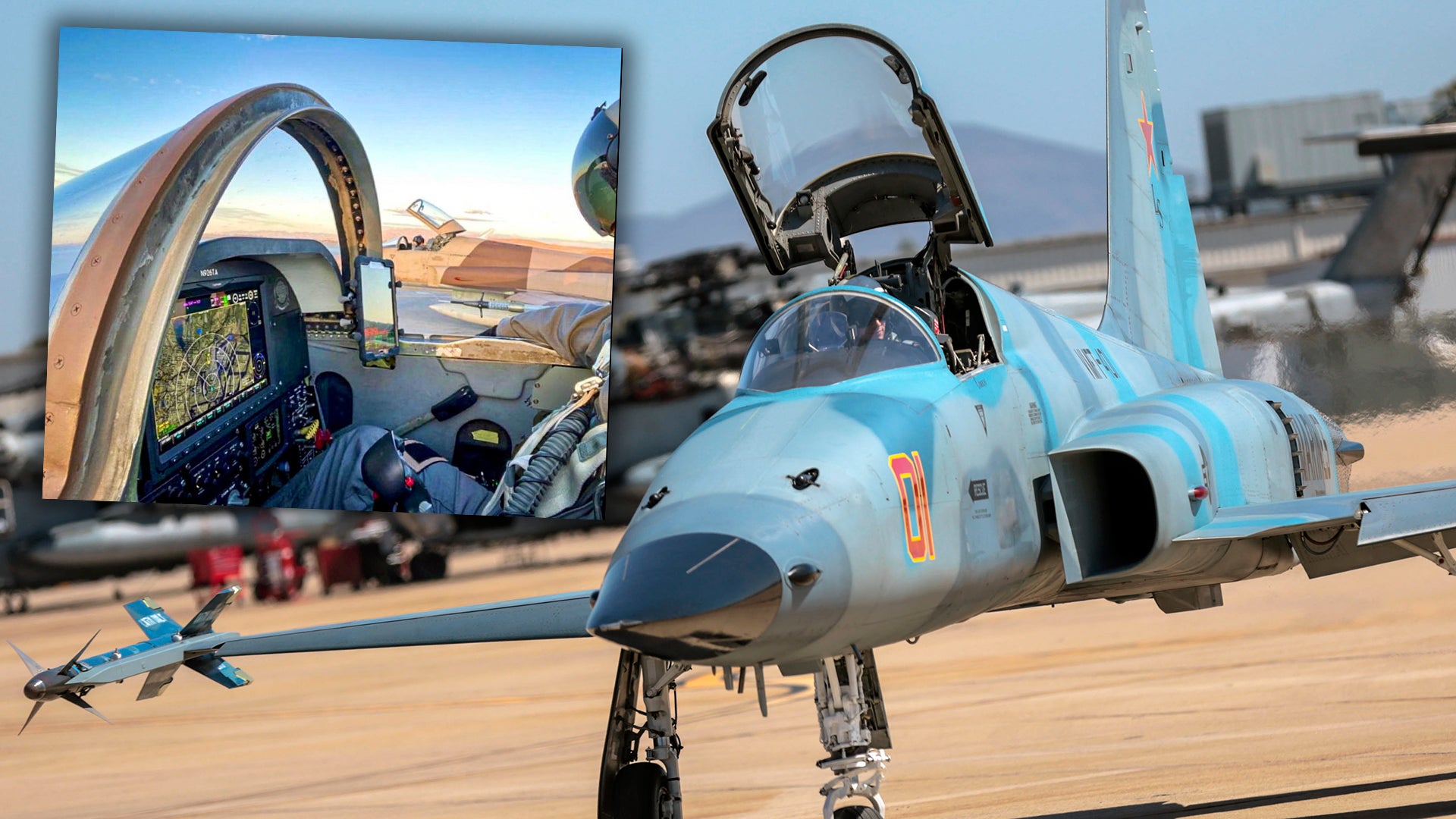F5 Fighter Jets - More than sixty years have passed since the Northrop F-5 first flew in 1959 and was seen in Vietnam the following decade. Most of the 1950s aircraft are now decommissioned; the few that remain, including the B-52 Stratofortress, have since undergone extensive maintenance and upgrades.
The same can be said for the F-5, which has limited service in the United States but is widely exported around the world. The biggest attraction of the aircraft is its affordability – it is a simple fighter that requires relatively low maintenance costs and is easier to maintain for countries without sophisticated aviation programs. Another significant advantage is its versatility; like the F-35 can perform multiple different roles when needed, the F-5, primarily intended as an air superiority aircraft, can also perform ground attacks well. The US demonstrated this in Vietnam when "Project Skoshi Tiger" (Little Tiger) aircraft launched hundreds of highly successful low-level raids against North Vietnamese targets.
F5 Fighter Jets

And if necessary, the F-5 can also punch above its weight in air-to-air combat. After the 1979 revolution, Iran inherited hundreds of F-5s donated to the country's former government by its main backer, the United States. A year later, when Saddam Hussein invaded the country, the aircraft was put to good use - along with the much more capable F-14 Tomcats - to repel the Iraqi invaders. An Iranian F-5 is said to have shot down an Iraqi MiG-25 in 1983, generally considered the superior aircraft.
F5 F Hi Res Stock Photography And Images
The aircraft were built in the 1960s and 1970s, mostly in Torrance, California. The last F-5 rolled off the assembly line in 1987 after more than 2,700 aircraft had been built. It was exported to Greece, Turkey, South Korea, Taiwan, Canada, Norway, Spain, Thailand and South Vietnam, among other nations, although it later fell into the hands of North Vietnam after the fall of Saigon.
While about five hundred jets remain in service in the United States, they are used as training aircraft and as "aggressor aircraft" against which pilots train in training exercises. Plans to replace the F-5 with the proposed F-20 Tigershark, an upgraded version, collapsed after Northrop failed to generate interest overseas to buy the aircraft. Sales were aimed at countries that already used the F-5, and for the most part these countries had no reason to abandon the highly capable aircraft. It is not the only one. After all, we were dealing with a rapidly aging US Air Force, such as the fact that Airmen could fly and maintain the same B-52s as their grandfathers. But at least the Pentagon has new technology and new planes in the pipeline.
The Iranian army is in a more difficult situation. Political isolation, combined with the reluctance of many countries to sell Iran new equipment, means that its fleet of fighter jets purchased in the mid-1970s—from the United States, no less—must continue to fly domestic know-how for the foreseeable future as the most important thing that keeps them in airworthy condition.
In the 1970s, Iran was a staunch ally of the US. Iran, under the rule of the Shah and financed by oil wealth, purchased vast amounts of American equipment, including 166 Northrop F-5E/F Tiger II aircraft. Based on the F-5A/B Freedom Fighter, the Tiger II was capable of both air-to-air and air-to-ground missions. A relatively inexpensive, low-maintenance fighter intended for export to America's allies, the Tiger II was similar to today's F-16 Fighting Falcon. The plane is outdated by today's standards.
Northrop F 5 Tiger
The Islamic Revolution in Iran in 1979 radically disrupted the country's relations with the United States. After the overthrow of Shan and the Iran hostage crisis, Washington quickly went from ally to enemy.
This posed a serious problem for the country's military. Iran's armed forces largely use American equipment, but with America as the enemy, they struggle to keep the military machine running.
The Islamic Republic of Iran Air Force still operates 44 F-5Es (single-seat aircraft) and 15 F-5Fs (two-seat trainers). In 2000, the Iranian government instructed the military, government and even academia to upgrade the planes to the new standard to keep them in the air. As a result, Iran today can build most of the parts that make up the Tiger II, but not all. It appears that the country still needs to recycle some parts from the Tiger II, which is no longer flying.

Reports that the Iranian government coordinated the Tiger II modernization effort, which eventually included "10 top Iranian universities, 72 private companies, 44 contractors, and 63 scientific and research foundations." Today, the Iranian Turbine Industries Organization can build its own General Electric J85-GE-21 afterburner jet engines, the original engine powering the Tiger II, which makes up 80 percent of the parts. The remaining 20 percent of the parts are original American General Electric parts that probably predated the 1979 revolution.
Upgraded F 5 Flies With Garmin G3000
Iran can now build its own two-seat F-5Fs – mostly. The country can build almost the entire jet, except for 5 percent of its avionics system and 25 percent of its other components. The remaining parts are either bought on the open market or cannibalized from decommissioned Tiger IIs, of which Iran has nearly 100.
The new, upgraded F-5Fs have a strange, cobbled together list of features. The aircraft also uses the Russian GLONASS system for GPS navigation. While it makes sense to use GLONASS, given Iran's hostility towards the US, it's a little puzzling that the plane still has GPS. The radar array is an Iranian copy of a Chinese copy of an Italian radar. Short-range missile armament includes pre-revolutionary AIM-9J Sidewinders and Chinese air-to-air missiles.
Iran may one day buy new fighter jets, but until the regime's political isolation ends, the country's air force will simply have to make do.
Air Force's Secret Hypersonic Bomber Now Cooks Ghost Missiles, Hunts for Treasure and More Prince Harry Once Sent a Fighter After His Dad, Canada Chooses F-35 as Next Fighter Jet
Northrop F5 Fighter Jet
What's it like to live in an airplane hangar Why did the US ground its fleet of B-2 stealth bombers by popular mechanics for the US space force What machines do the space forces use? From the popular mechanics for the United States Space Force within the themes and missions of the Space Force
Army chooses V-280 for next-generation attack transport Why F-105 Thunderchief is such a bad plane Air Force unveils new B-21 Raider bomber Researchers find 5 US bombers in Adriatic Sea
Second degree assault washington state, 2nd degree assault sentence, 2nd degree aggravated assault, 2nd degree assault mn, 2nd degree assault, 2nd degree assault definition, 3rd degree assault washington state, 4th degree assault washington state, 2nd degree felony assault, 4th degree assault washington, what is assault 2nd degree, 2nd degree assault charges
